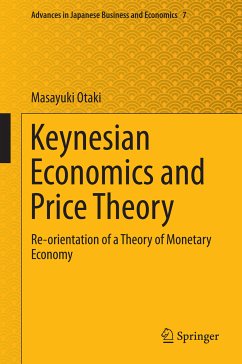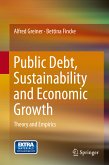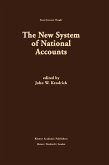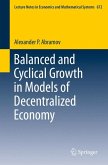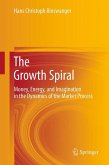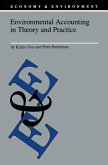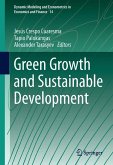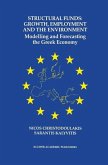New Keynesian theory contains logical inconsistencies: menu costs that have no close relationship with microeconomics and MIU, which implies that the money accumulated as wealth is never spent. These two assumptions do not proximate the real world. In this volume, the author discusses how various segregated theoretical approaches in macroeconomics relate to one another and proposes how to integrate them.
Dieser Download kann aus rechtlichen Gründen nur mit Rechnungsadresse in A, B, BG, CY, CZ, D, DK, EW, E, FIN, F, GR, HR, H, IRL, I, LT, L, LR, M, NL, PL, P, R, S, SLO, SK ausgeliefert werden.

